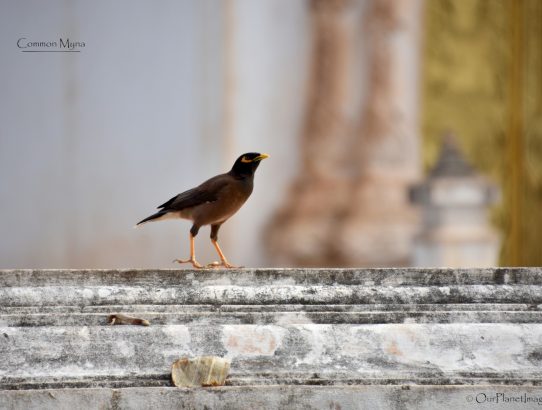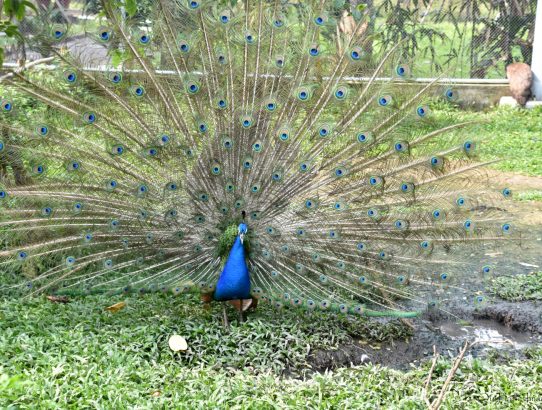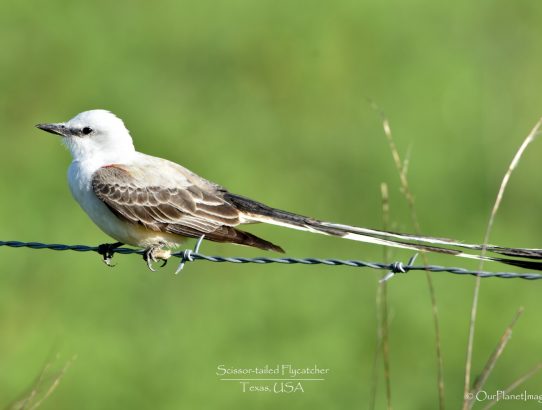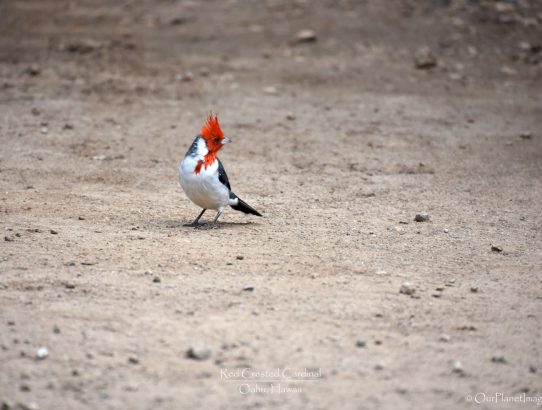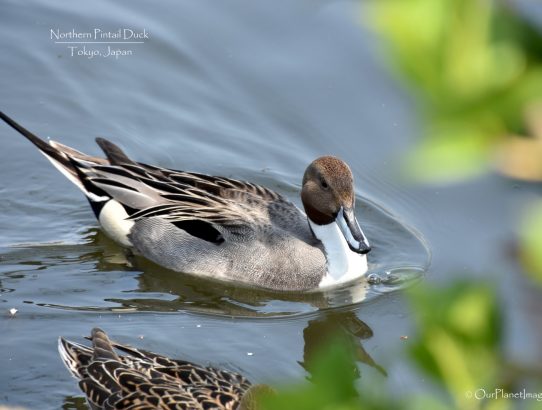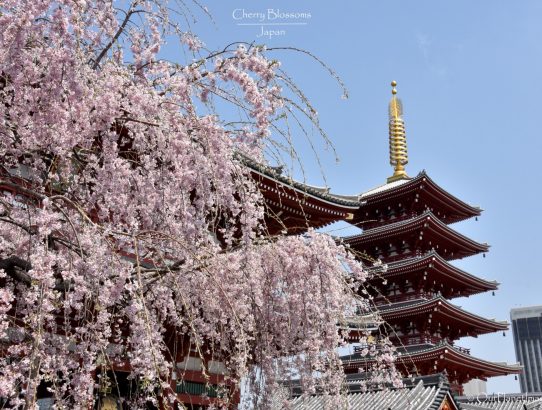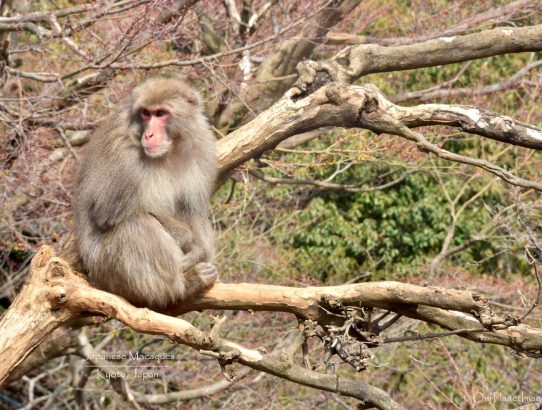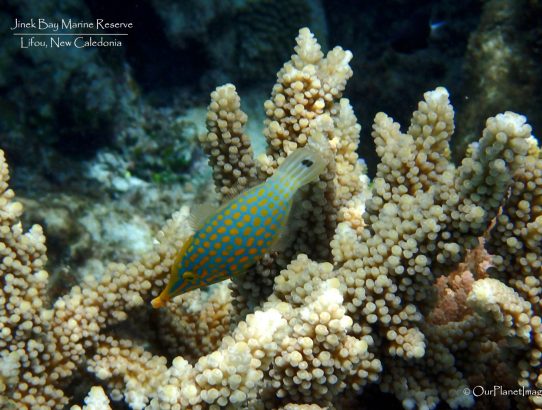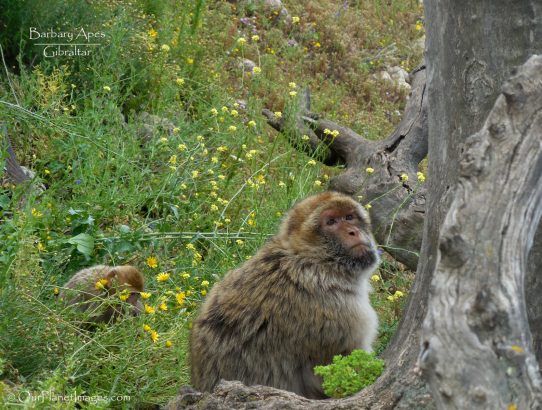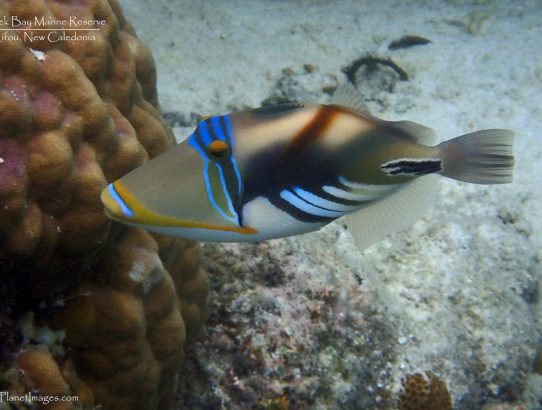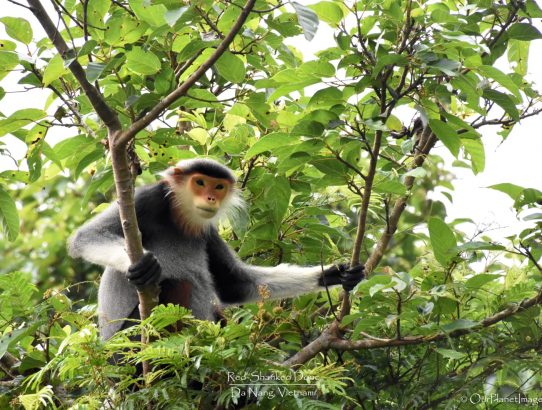Common Myna – Asia/Pacific
The Common Myna is a large black and brown bird with accents of yellow on its bill, legs and behind their eyes. They are often seen in groups and it is obvious when they are around because they are noisy birds. They are one of the most common birds in southern Asia but they have…
Read More